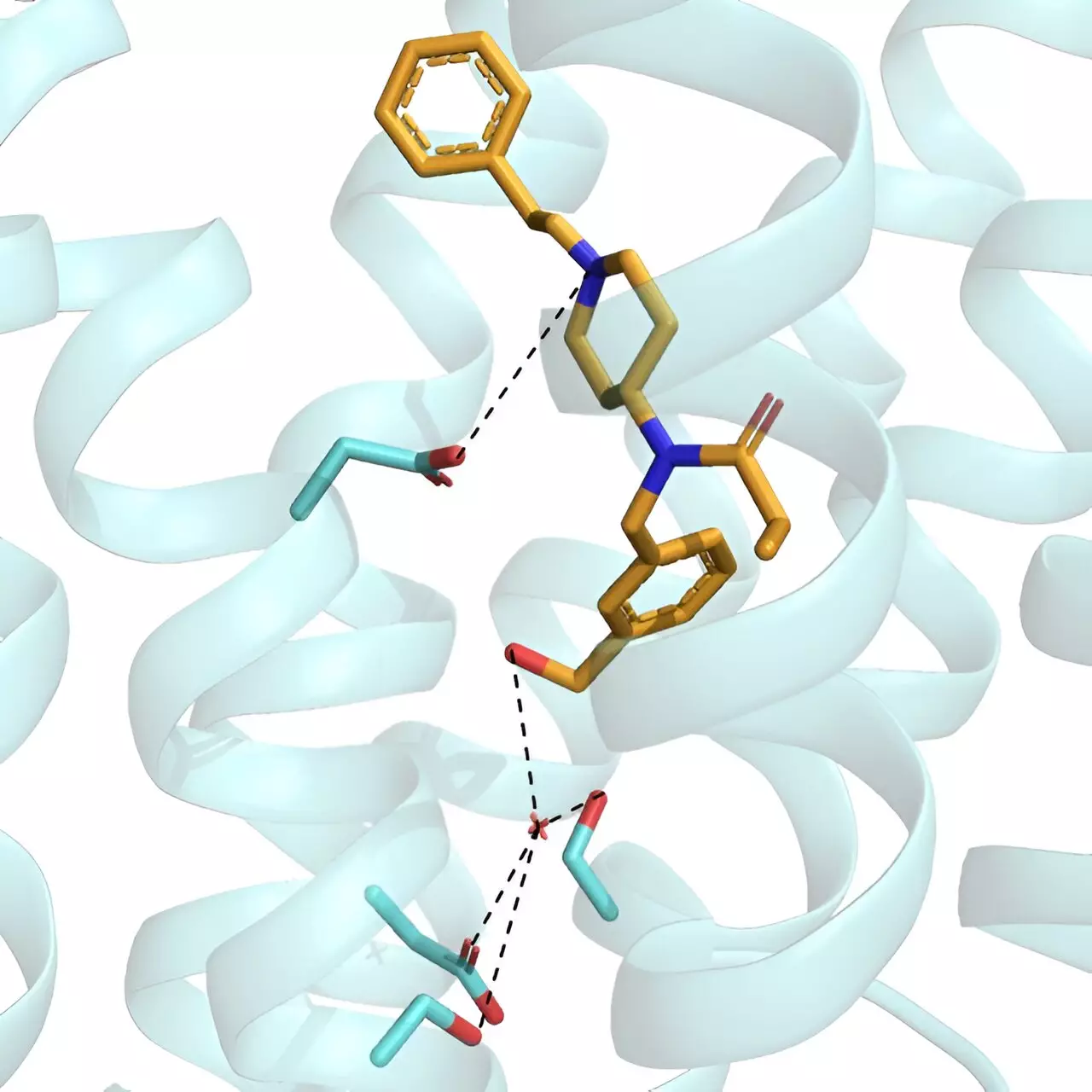Opioid medications have long been celebrated for their ability to provide relief from relentless and debilitating pain. However, this relief does not come without significant drawbacks that can overshadow the intended benefits. The opioid crisis has thrust these medications into the public eye for all the wrong reasons, highlighting the frightening potential for addiction, harsh withdrawal symptoms, and even fatal overdose. Navigating the complex landscape of pain relief while minimizing these risks has become a critical challenge for researchers and clinicians alike. This duality emphasizes an urgent need for innovative strategies aimed at creating safer alternatives that do not compromise on efficacy.
Pioneering Research for Safer Solutions
A recent study published in ACS Central Science has shed light on a promising avenue that could reshape our approach to managing pain without succumbing to the perils associated with classic opioids. Researchers are actively exploring the design of opioids that bind to unconventional sites in the body’s opioid receptors. By targeting these alternative binding locations, scientists may be able to deliver pain relief while reducing the life-threatening side effects typically associated with conventional opioids, such as respiratory depression—the leading cause of overdose fatalities.
The lip of hope emerges in findings related to an experimental compound dubbed RO76, derived from fentanyl but crafted with distinct chemical properties. Unlike traditional opioids, which engage with the active site of opioid receptors, RO76 connects with a less-explored region, unlocking the potential to activate pain relief pathways without the catastrophic repercussions of typical opioid usage.
Breaking Barriers: The Blood-Brain Challenge
One of the most formidable barriers in opioid research is the blood-brain barrier, a protective shield that regulates the passage of substances from the bloodstream into the brain. The compound C6 guano previously showed promise in activating opioid receptors outside their conventional binding site, but its inability to penetrate the blood-brain barrier kept it from practical application. That’s where the ingenuity of the current research initiative shines. By refining their chemical approach and evaluating a range of ten new compounds, the researchers have harnessed the power of chemistry to forge a candidate that can traverse this biological fortress.
The breakthrough with RO76 not only raises optimism for safer pain management but also indicates a new methodology that could inspire the development of other medications aimed at different targets. The recognition that different binding sites can yield diverse effects holds significant implications for drug design across the pharmaceutical landscape.
Promising Results in Preclinical Investigations
The therapeutic evaluation of RO76 provides an insightful glimpse into its potential application for pain relief. In animal models, initial findings revealed that RO76 could suppress pain as effectively as morphine, a standard bearer in opioid analgesics. However, the noteworthy distinction emerges when scrutinizing its effect on respiratory function. Unlike morphine’s notorious impact in slowing breathing—a primary concern in opioid overdose—RO76 demonstrated a notable capacity to mitigate this life-threatening side effect.
What’s more compelling is the observed reduction in withdrawal symptoms among subjects who had been administered RO76, particularly when an opioid-blocking medication was introduced. This response is significant as withdrawal symptoms can deter patients from adhering to necessary pain management plans.
Advancing Towards Human Trials
The implications of RO76’s efficacy extend beyond laboratory results. The ability to administer this compound orally could revolutionize pain management for patients who struggle with current opioid formulas that may require intravenous or intramuscular delivery. The findings advocate for a comprehensive examination of RO76 within clinical settings, where human trials could ultimately determine its viability as a conventional treatment option.
The research underscores a pivotal moment in the ongoing struggle to combat the opioid epidemic while simultaneously addressing the very real need for effective pain relief for millions. As scientists continue to innovate and refine opioid alternatives, the future may be paved with safer, effective options that sidestep the pitfalls that have plagued conventional opioids for decades. This shift not only has the potential to save lives but to offer hope to individuals enduring chronic, debilitating pain.


Leave a Reply